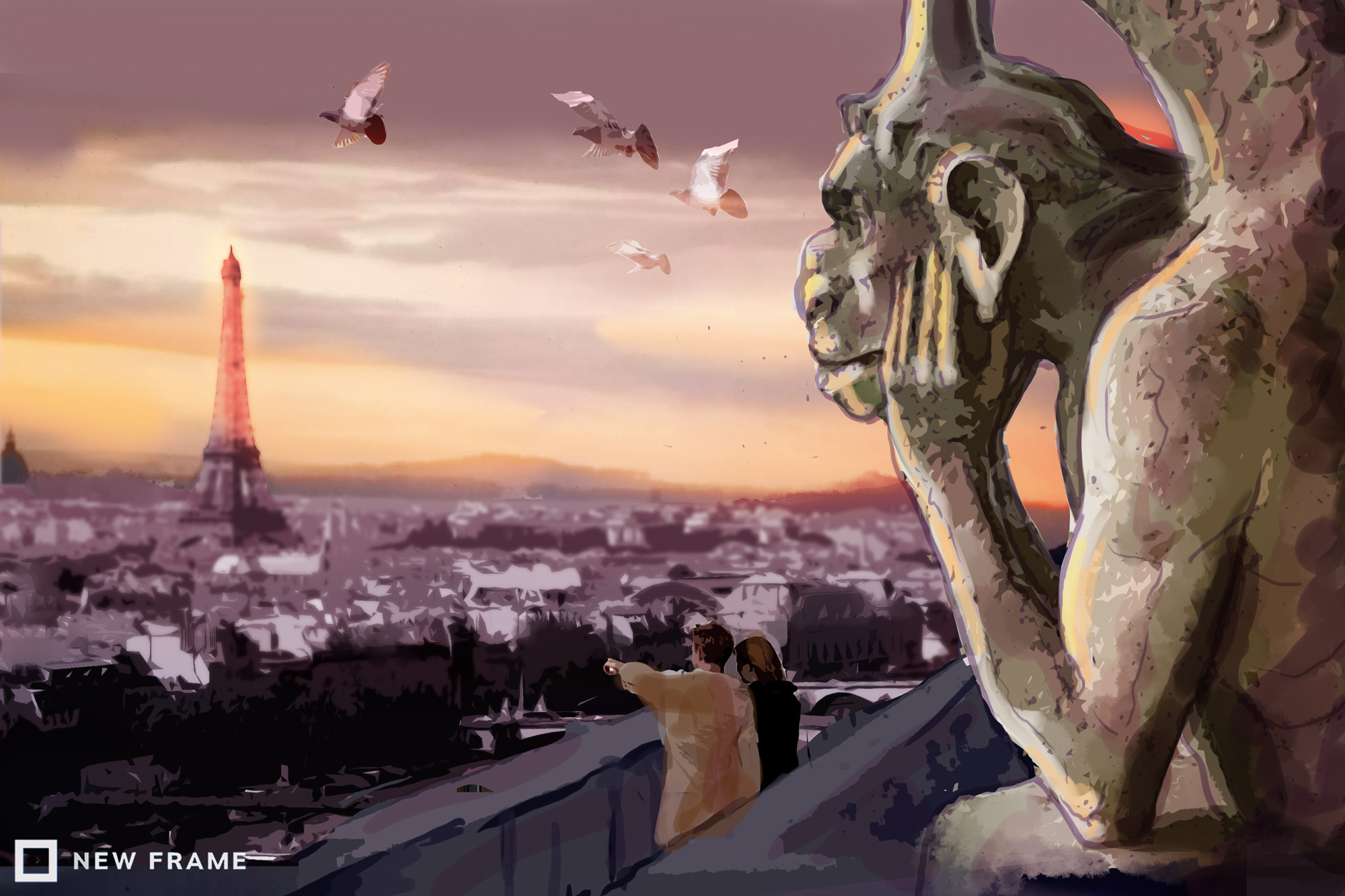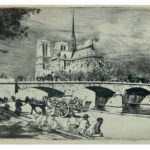Text Messages | Love in a time of aesthetics
For the hunchback of Notre-Dame, phantom of the opera and even the ugly duckling, a lack of outer beauty means isolation. But small moments of tenderness allow for a taste of love.
Author:
18 December 2019

It was a chance remark, overheard – “Love is for ugly people” – but one heavy with meaning. To those gilded with what society regards as beauty and wealth, it might mean that love is surplus to their requirements. To those deemed by conventional standards as “ugly”, it might be a priceless gift of love, secular or spiritual.
One could go on, depending on perspective and individual circumstances, but the intent of the original remark is jocular put-down, albeit less funny for those whom simplistic aesthetics would condemn as “ugly”. It does, however, set one’s thoughts to examples of beauty, truth and “ugliness” in literature.
Surfacing first from memory is a child’s tale, that of the ugly duckling, mocked and laughed at for awkwardness and difference, and yet destined to return – modestly – in triumph as an incomparably beautiful swan. Next, more complex, is the character of Quasimodo, the bell-ringer of the cathedral of Notre-Dame de Paris.
Victor Hugo’s great novel has been misunderstood and simplified in the English-speaking world by having its original French title, Notre-Dame de Paris, changed in English to The Hunchback of Notre-Dame. It is the cathedral that is Hugo’s central character, not the bell-ringer, although in Quasimodo Hugo created one of the most poignant insider-outsider characters in all of literature.
Related article:
Abandoned as a baby, Quasimodo is given a home in the cathedral, beyond the precincts of which he seldom goes. When he ventures outside, he is mocked by the people he passes in the street, for whom he is a figure of repulsive and grotesque proportions, scarcely human in their eyes.
In one of the great passages of the book, Hugo captures the tragedy of a human being denied humanity by fellow humans.
“He therefore turned to mankind only with regret. His cathedral was enough for him. It was peopled with marble figures of kings, saints and bishops who at least did not laugh in his face and looked at him with only tranquillity and benevolence. The other statues, those of monsters and demons, had no hatred for him – he resembled them too closely for that. It was rather the rest of mankind that they jeered at. The saints were his friends and blessed him; the monsters were his friends and kept watch over him.”
Love’s succour
By 20, Quasimodo is half-blind and deaf, his loss of hearing the price for his ringing the cathedral’s mighty bells and sending their peals all over the city. In this life devoid of hope and love, the smallest of glimmers suggests itself. Esmeralda, the Gypsy (sic) whom Hugo later reveals not to be so, shows Quasimodo an instant of compassion and humanness.
He is in the stocks, on public display after having been brutally flogged. Seeing his pain and distress, Esmeralda brings him water and some succour in his desolation. The emotionally and psychologically predictable follows: Quasimodo falls in love with her.
It is love such as this that is most poignant and disturbing, whether in literature or in life. Like Gaston Leroux’s phantom of the opera, the hunchback of Notre-Dame is someone to be understood and sorrowed with, not condemned and fought against.
But what their respective dooms tell us is that love is not for “ugly” people, although in a better, perfect world, it would be for them and all who truly deserve it. The only solace is to be found in the words of St Paul in his first letter to the church of Corinth:
“In short, there are three things that last: faith, hope and love; and the greatest of these is love.”

